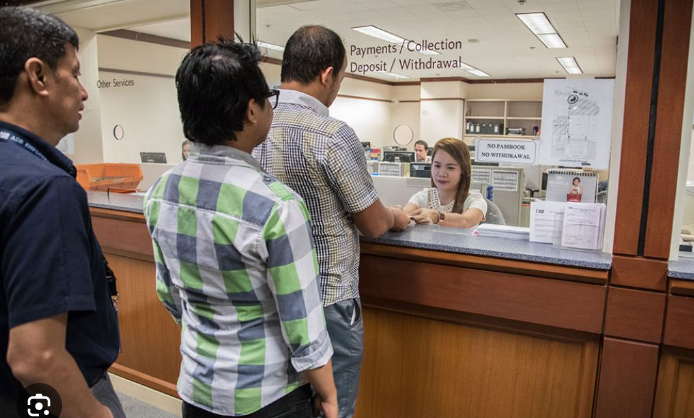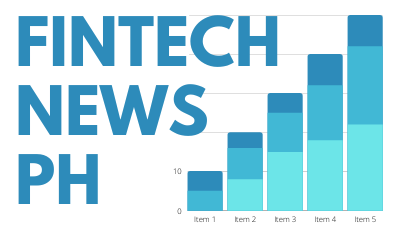Digital banks in the Philippines are encountering significant risks in maintaining asset quality as they work to serve the country’s vast unbanked and underbanked population, according to a report by Fitch Ratings.

The global debt tracker noted that targeting these segments, which often have little or no credit history, poses a major challenge for digital lenders seeking to expand their loan portfolios.
Like many other Asia-Pacific economies, the Philippines has lower banking and credit penetration than more developed markets. This provides a sizable growth opportunity, but it also introduces substantial risks.
Digital banks focusing on the underserved

Digital banks aim to grow their loan books and optimize their balance sheets by focusing on underserved populations. However, accurately pricing loans becomes difficult without sufficient data on customers’ credit histories and income levels.
Fitch’s research highlights that their exposure to riskier borrower segments has contributed to a sharp increase in non-performing loans (NPLs). In the Philippines, digital banks’ NPL ratio worsened from 5.9% in December 2022 to a concerning 14.1% in July 2024.
This rapid deterioration in loan quality has driven up credit costs, eating into the interest revenue that these banks generate from lending activities.
“Credit costs have increased due to the quick decline in loan quality, nearly completely offsetting the interest revenue that digital banks make,” Fitch Ratings stated in the report.
Digital banks are also more vulnerable to fluctuations in interest rates and economic conditions. The report noted that these banks are particularly exposed to higher-risk customer segments, making them susceptible to rising impairment costs. This trend was evident in markets like Indonesia, Hong Kong, and the Philippines, which experienced steep rate hikes, causing digital lenders to face significant financial pressure.
Despite these, three international digital banks with local operations in the Philippines have recently made it to the inaugural list of The Asian Banker (TAB)’s top 100 global rankings list this year based on their financial technology and retail operations.
Keys to the long-term success of digital banks
Fitch emphasized that the long-term success of digital banks in the Philippines depends on their ability to improve risk management practices. While their inherently riskier business models may lead to financial strain, better screening capabilities can help mitigate this risk over time.

However, Fitch remains optimistic that as they collect more data on their growing customer base, they will be able to refine their risk assessment methods.
The entry of digital banks into the Philippine financial landscape is relatively recent. The Bangko Sentral ng Pilipinas (BSP) officially recognized digital banks as a new category in 2020. Since then, six digital banking licenses have been issued, including those for GoTyme Bank, Maya Bank, Overseas Filipino Bank, Tonik Digital Bank, UnionDigital Bank, and UNOBank.
However, the BSP has capped the number of digital banks allowed to operate in the country, limiting it to a maximum of 10. This cap is set to take effect after the BSP lifts the current moratorium on issuing digital banking licenses in January 2025.
Increased competition is another challenge that digital banks face. Fitch’s report highlighted that the rapid expansion of digital banks has led to fierce competition for funding in their local markets. For example, some digital lenders in the Philippines and Indonesia are aggressively offering time deposit rates nearly twice as high as those of traditional banks. These promotional rates have pressured smaller, conventional lenders, forcing them to compete for deposits. However, Fitch noted that such high rates are unlikely to be sustainable in the long term.
Despite these challenges, digital banking in the Asia-Pacific region has shown some promising signs. According to Fitch, at least 16 of the over 45 digital banks across the region have already reached the breakeven point. Japanese digital banks have the longest track record of profitability, while leading Chinese and South Korean banks also rank among the most profitable, benefiting from higher-margin operations and strong synergies within their corporate groups.
As the digital banking sector in the Philippines continues to evolve, it remains to be seen whether these institutions can overcome the challenges of serving the unbanked while maintaining sound financial health. The success of digital banks will ultimately depend on their ability to navigate the risks inherent in lending to underserved populations while enhancing their risk management capabilities.

